

|


|
|
1/10 Scale Nitro Rally/Touring Car:
Kyosho PureTen GP Alpha 2
|
Released by Kyosho in 2002, the 4WD PureTen Alpha 2 GP ReadySet Series, are shaft driven, with an alloy plate chassis, gear differentials, coil spring over friction dampers, dogbone drive-shafts and ring type bearings.
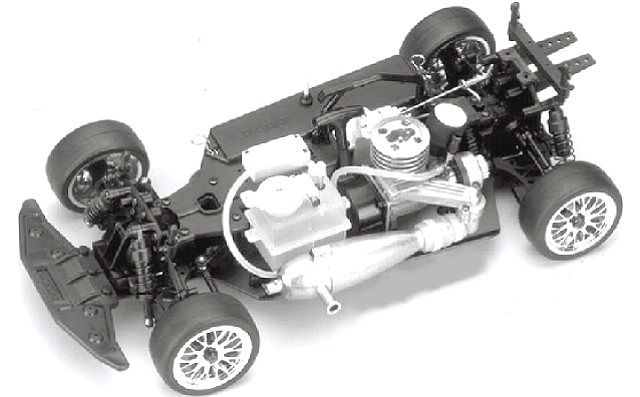
To race the Kyosho PureTen GP Alpha 2, it requires time and patience, to tune and adjust for improvements in handling and steering ability and to get the grip you need to stay on course when manoeuvring around tight, slippery corners. A little can be a lot when it comes to changing your cars settings and our easy methodical directions will guide you to the best Set-up to help you win and keep you winning.
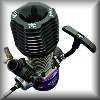
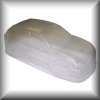
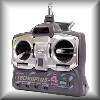

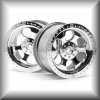
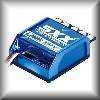
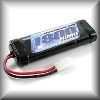
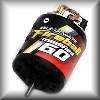
|
|
|

★ Kyosho PureTen Alpha 2 ★
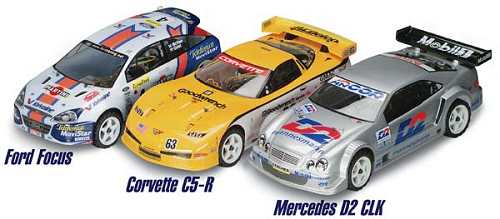
|
Buying a Used Kyosho PureTen GP Alpha 2
|
|
Manufacturers and Brands Catalogued, Listed and Reviewed by RC-Scrapyard.
At present, the RC Model Manufacturers, Brands and Distributors covered by us are: ABC Hobby, Academy, Acme Racing, Agama Racing, Amewi, Ansmann Racing, ARRMA, Team Associated, Atomic RC, Axial, AYK, Bolink, BSD Racing, Capricorn, Carisma, Carson, Caster Racing, Cen, Corally, Custom Works, Durango, Duratrax, ECX - Electrix, Exceed RC, FG Modellsport, FS-Racing, FTX, Fujimi, Gmade, GS-Racing, Harm, HBX, Helion, Heng Long, Himoto Racing, Hirobo, Hitari, Hobao, Hong-Nor, Hot Bodies, HPI, HSP, Intech, Integy, Jamara, JQ Products, Kawada, Kyosho, Losi, LRP, Maisto, Mardave, Marui, Maverick, MCD Racing, Megatech, Mugen, New Bright, Nichimo, Nikko, Nkok, Ofna, Pro-Pulse, Protech, PTI, RC4WD, Redcat Racing, RJ-Speed, Robitronic, Schumacher, Seben, Serpent, Smartech, Sportwerks, Step-Up, Tamiya, Team-C Racing, Team Magic, Thunder Tiger, Tomy, Top Racing, Traxxas, Trinity, Tyco, Vaterra RC, Venom, VRX Racing, WLToys, X-Factory, Xmods, Xpress, Xray, XTM, Yankee RC, Yokomo, ZD Racing and Zipzaps. |
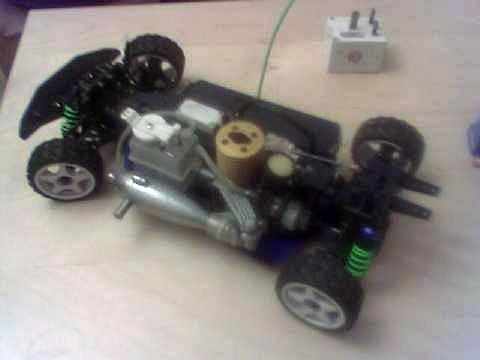
|
Hints, Tips and Information
Wheel Camber - for cornering stability
Camber is described as the angle of the wheel as you look at it directly from the front or rear of your car and if set correctly will improve your cars cornering ability considerably, by providing increased traction. This simple to make adjustment is considered by many to be one of the most effective changes you can make to your car for better handling. |
|
Hints, Tips and Information
Bumpsteer
In plain language, Bumpsteer is exactly what it sounds like. If your car goes over a bump, it will affect the toe-in setting and can on some tracks make handling of the car in a straight line difficult. |
|
RC Models:
|
Radio & Motors: |
Other
Accessories: |